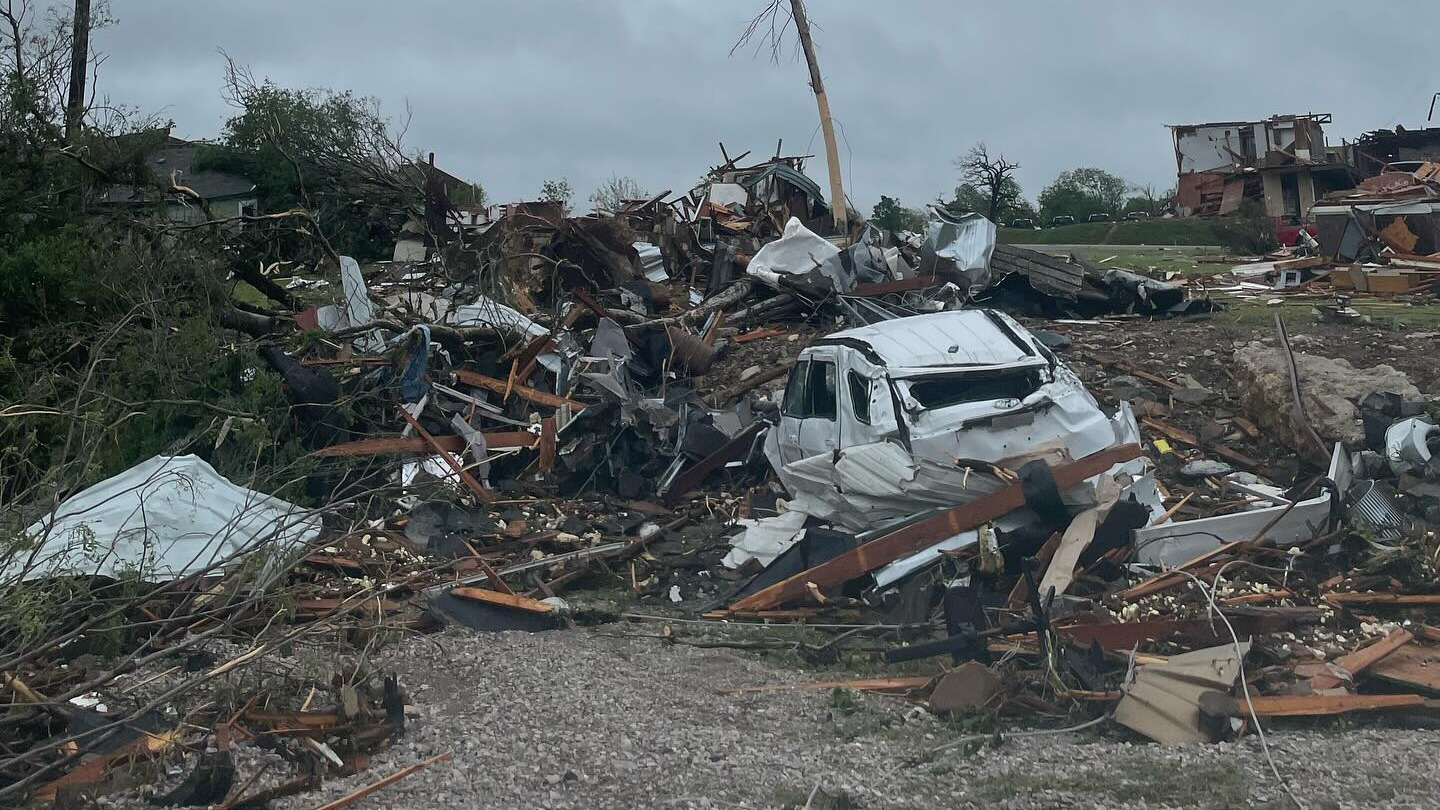The year’s best meteor shower, the Geminids, will peak this week and skygazers can expect to be treated to as many as one or two a minute streaking across the night sky.
The annual Geminids will provide a cosmic spectacle Wednesday night and reach peak frenzy Thursday morning.
While most meteors appear to be colorless or white depending on their chemical makeup, Geminids have a greenish hue as they speed across the sky and burn up, according to NASA's meteoroid expert Bill Cooke. Green usually comes from oxygen, magnesium and nickel.
The meteors become active when Earth passes through a particularly massive trail of rocky space debris. When this debris enters Earth's atmosphere, it burns up and lights up the sky with "shooting stars."
Get Tri-state area news and weather forecasts to your inbox. Sign up for NBC New York newsletters.
The debris comes from the sun-orbiting asteroid called 3200 Phaethon.
What is the best time to view the Geminids meteor shower?
NASA recommends looking for them starting around 9 p.m. local time on Wednesday evening and says optimal viewing time will likely be at 2 a.m. on Thursday, weather permitting.
U.S. & World
You can look out for when the meteors will be visible in your neighborhood at this link.
Where can I see the Geminid meteor shower?
To catch a peek of the fiery rocks, you'll have to find the darkest place you can, as many of the fainter meteors will be invisible due to light pollution. Still, NASA predicts that those in suburbs may see 60 to 120 meteors per hour at peak time, with varying changes depending on how close you are to a city.
The best way to orient yourself, NASA says, is to lie flat on your back with your feet facing south.
NASA urged observers to look everywhere in the sky since meteors don’t come from any particular direction.
Why Are They Called The Geminids?
All meteors associated with a shower have similar orbits, according to NASA, and they all appear to come from the same place in the sky, called the radiant. In this case, these meteors are called the Geminids because they appear to radiate from the constellation Gemini.
What Is the Last Night to See The Geminids?
The Geminids shower will remain active until Dec. 24. NASA says dedicated skywatchers could maybe catch a glimpse of one or two meteors that night.



